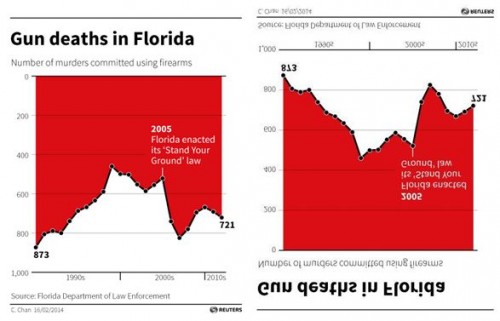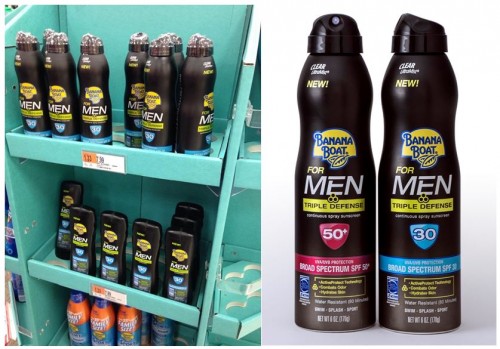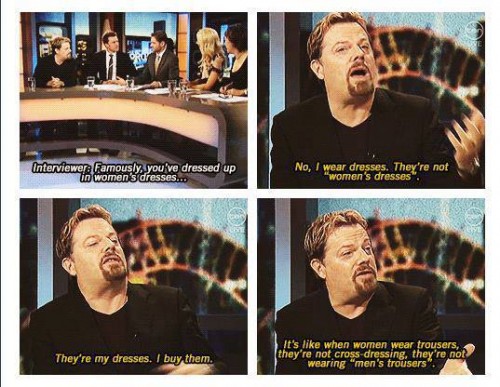 In 1897, sociologist Émile Durkheim published research arguing that suicide – something previously believed to be decidedly unsociological – could be understood as a social phenomenon. He pointed out that suicide rates are not evenly distributed in or across societies; that cultural or structural factors might influence individuals’ risk of suicide, regardless of their individual psychologies; and that those factors might explain the variation.
In 1897, sociologist Émile Durkheim published research arguing that suicide – something previously believed to be decidedly unsociological – could be understood as a social phenomenon. He pointed out that suicide rates are not evenly distributed in or across societies; that cultural or structural factors might influence individuals’ risk of suicide, regardless of their individual psychologies; and that those factors might explain the variation.
Recently another set of sociologists borrowed Durkheim’s approach, substituting serial killing for suicide. James DeFronzo and three of his colleagues asked whether cultural and structural variables might predict state variation in the rate of male serial killer activity. This, it turns out, varies quite widely, as DeFronzo et al. write:
[U]sing a method that assigns a male serial killer to the state where he perpetrated his largest number of homicides, from 1970 to 1992 California had a rate of 18.6 male serial killers per 10 million residents, whereas Florida had a rate of 10.3, Texas had a rate of 7, New York had a rate of 6.3, Illinois had a rate of 6.1, Ohio had a rate of 3.7, and Pennsylvania had a rate of 3.4.
To do the study, the authors drew on existing literature, positing seven factors that might increase the rate of serial killing in a state.
Their structural factors included population density (large, urban, dense cities allow for greater anonymity and offer more potential victims) and variables that increased individuals’ vulnerability (being divorced, living alone, and being unemployed).
For the cultural factors, the authors considered variables that might indicate a high tolerance for or presence of violence. They argue:
Norms prescribing or tolerant of violent behavior contribute to shaping the fantasies of the developing serial killer, help to objectify and dehumanize potential victims, and consequently provide a necessary link in converting sexually sadistic urges in the violent behavior.
As measures of this, they include the overall homicide rate in the state, whether the state is in the South (see the “culture of honor” thesis), and the use of capital punishment.
They figured that the structural variables might predict the states in which killers killed because they measured opportunity. Whereas the cultural variables might incite young serial killers, thus they’d be related to the states in which serial killers grew up.
Here are the results. All of the relationships are positive – as the rate of divorce goes up, for example, so does the rate of serial killing – and about half of the relationships are statistically significant.
Model 1 (the first column of numbers) shows the relationship between our independent variables and the state where serial killers committed their largest number of murders. Model 1 offers good evidence that social structural variables influence whether serial killers actually kill. Vulnerable individuals living in high density environments may enable these crimes.
Model 2 (the column on the far right) shows the relationship between the independent variables and where offenders were socialized as children. DeFronzo and his colleagues don’t theorize a relationship between their structural variables and the production of a young serial killer, so the significance of these relationships are a mystery. It might be, they argue, just an artifact of the fact that most serial killers killed in the same states in which they were raised.
One cultural variable was significant for this model: Southern region. Being exposed to violence as a child can trigger a genetic potential for violence that would otherwise remain unexpressed. Or, Southerners may simply grew up with greater tolerance for and approval of violence.
Like Durkheim, DeFronzo and his colleagues show us that even phenomenon we think are explained by other disciplines can benefit from sociological analysis. Thanks to their research, we now better understand the factors that increase the risk of being a victim of serial homicide. This is a great example of how we need all of the sciences to put together a complete picture of the world we live in.
Cross-posted at Pacific Standard.
Lisa Wade, PhD is an Associate Professor at Tulane University. She is the author of American Hookup, a book about college sexual culture; a textbook about gender; and a forthcoming introductory text: Terrible Magnificent Sociology. You can follow her on Twitter and Instagram.










